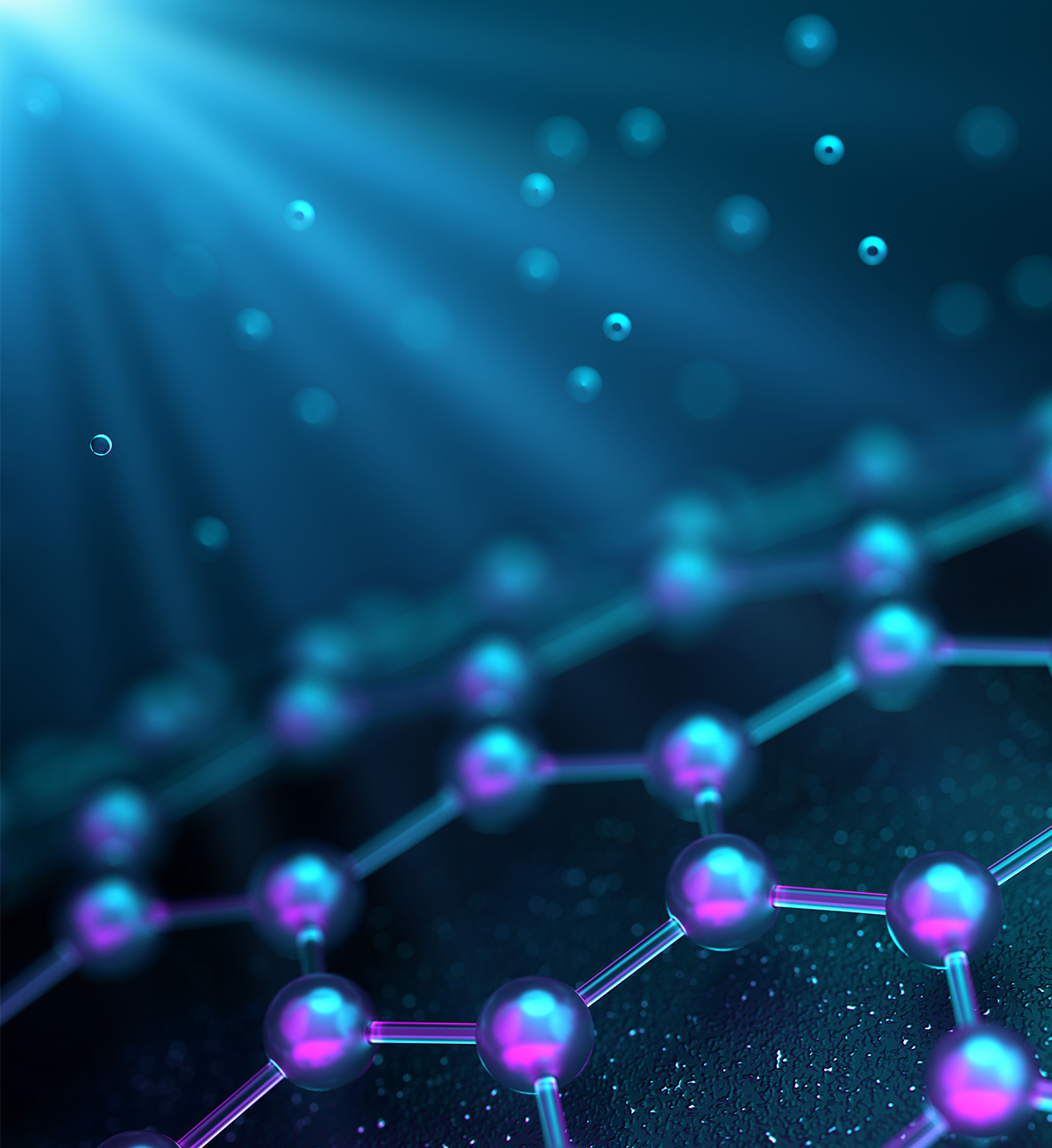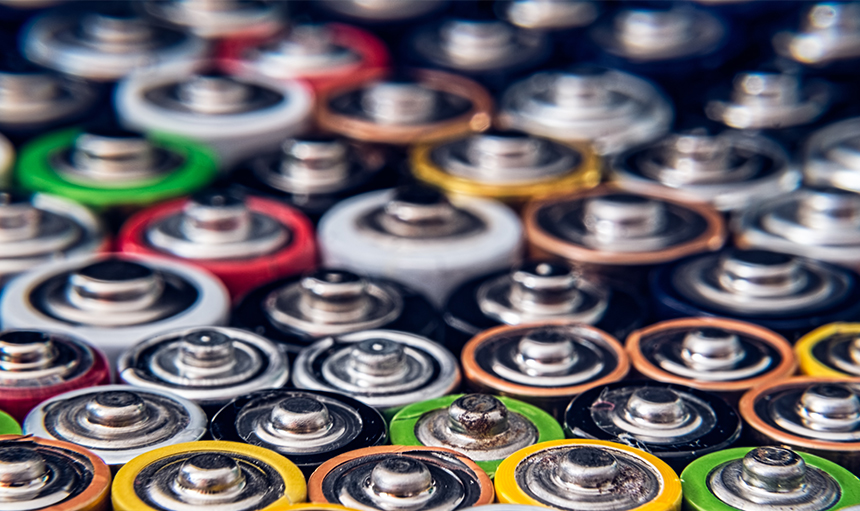News from the world of materials science: Graphene
Determination of functionalisation using XPS and HAXPES in one device

What is graphene?
Graphene is a single layer of carbon atoms arranged in a two-dimensional honeycomb lattice. It is often considered to be the basic building block for other carbon allotropes such as graphite, carbon nanotubes and fullerenes.
Graphene has become a focus of interest and research because of its remarkable properties
Graphene's unique properties are the subject of extensive research in a wide range of fields, including electronics, materials science, energy storage and biotechnology. Graphene has the potential to revolutionise a wide range of industries. However, there are still some challenges to large-scale production and integration into commercial products.
Some reasons for functionalised graphene layers
Why functionalise graphene layers?
The functionalisation of graphene layers can serve several purposes and be useful for a variety of applications. Graphene is a single layer of carbon atoms arranged in a two-dimensional honeycomb lattice and is known for its remarkable properties, including high electrical and thermal conductivity, mechanical strength and flexibility. Functionalisation involves the application of various chemical groups or molecules to the surface of graphene, which can specifically alter its properties.
The specific reasons for functionalising graphene layers depend on the desired application and the properties to be achieved. It is important to choose the right functionalisation method and groups to achieve the desired results.
What is functionalisation and what is the added value of using functionalised graphene?
Functionalised graphene refers to graphene sheets that have been chemically modified by adding different functional groups or molecules to their structure. This modification improves the properties and potential applications of graphene in various fields.
Some of the additional benefits of functionalised graphene are
The ability to customise functionalisation allows for a wide range of applications and the optimisation of graphene properties for specific requirements.
Why is the morphology of graphene layers important for functionalisation?
The morphology of graphene layers, including factors such as their size, shape, orientation and defects, plays a crucial role in the functionalisation process and can significantly influence the resulting properties and applications of functionalised graphene.
Please read the publication by our esteemed client Jörg Radnik et al. from BAM (Bundesanstalt für Materialforschung und -prüfung): "Influence of morphology on the functionalisation of graphene nanoplatelets analysed by comparative photoelectron spectroscopy with soft and hard X-rays".
The material analyses were carried out using the PHI Quantes, which, like the more advanced PHI Genesis, combines XPS and XAXPES in a single instrument.
Some of the main reasons why the morphology of graphene sheets is important for functionalisation
In summary, the morphology of graphene layers plays a crucial role in the functionalisation of graphene. Tailoring the morphology to the specific requirements of an application can lead to improved functionalisation efficiency and produce graphene materials with enhanced properties and performance in various fields such as electronics, materials science, energy storage and others.









